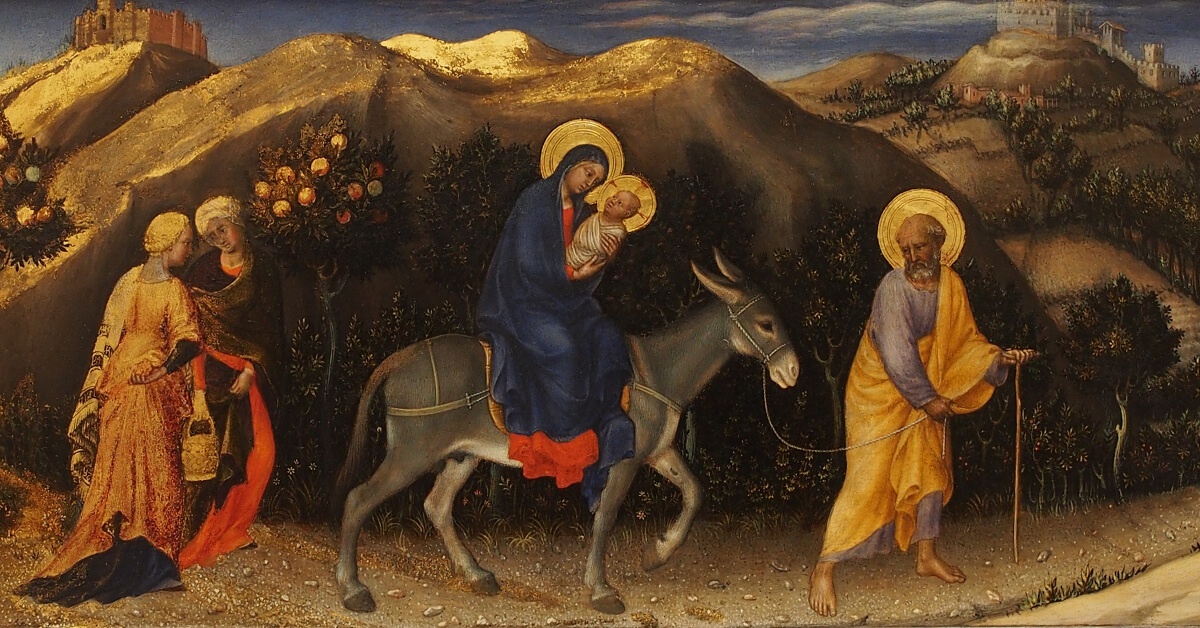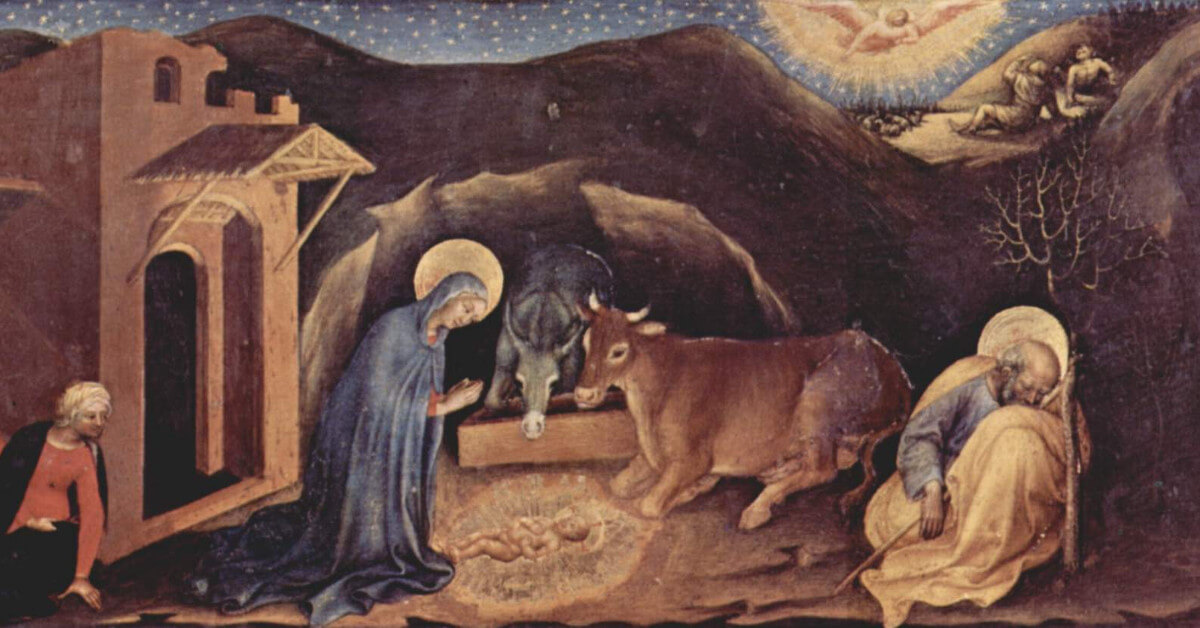One of my first dates with Leah was a rafting trip on the Nolichucky River back in the summer of 2012. If you ran into me at church today and I was feeling talkative, I might tell you about how I enjoyed guiding our raft down the river, showing her the sights and hoping she was impressed that I kept us above water through the dangerous whitewater of Quarter-Mile rapid. Then I might talk about how I enjoyed the drive home with her afterward, talking about everything and nothing in particular.
But supposing you had rafting on your mind after talking with me and mentioned it to one of my friends from church, you might be puzzled. My friend would tell you that our whole church went on that rafting trip on the Nolichucky in summer 2012. He might casually mention that the Nolichucky is such a challenging river that we had to have professional guides; no self-guided boats allowed. And he might mention feeling sorry for me and Leah when he noticed that we ended up in different vehicles for the drive home.
Now you’d be confused, so you might ask another of my friends. He would say he remembers that trip vividly, because he enjoyed driving back home with me, Leah, and Leah’s sister, whom he ended up marrying a few years later. He might also mention how skilled his raft’s professional river guide was and how he had wished he could direct the boat, even though it wasn’t allowed.




